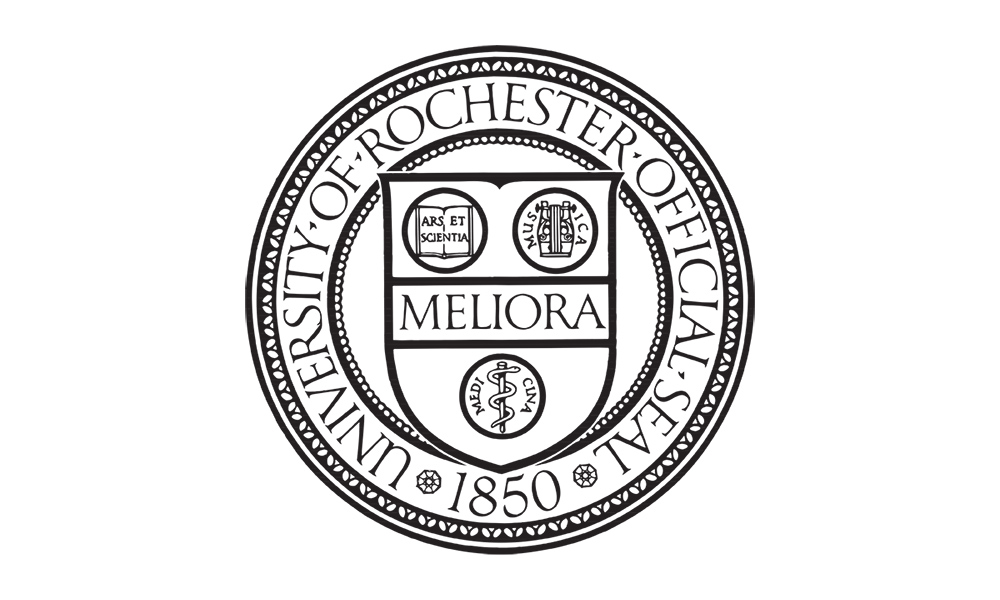Each year Arts, Sciences & Engineering and the School of Medicine and Dentistry recognize outstanding research and dissertations by PhD students.
The following students are recipients of Arts, Sciences & Engineering’s Outstanding Dissertation Award for 2017–18.
Engineering: Chitraleema Chakraborty, Materials Science, “Flatland Nanophotonics: A Study of Quantum Confined Excitons in 2D Materials.” Joseph Izraelevitz, Computer Science (commendation), “Concurrency Implications of Nonvolatile Byte-Addressable Memory.”
Humanities: Jenevive Nykolak, Visual and Cultural Studies; “Painting in Question, 1967-1981: ‘BMPT,’ Supports/Surfaces, and ja-na-pa.” Kyle Robinson, History (commendation), “Body and Soul of Enlightenment: John Wesley, Methodism, and the Age of Reason.”
Natural Sciences: Frank Garcea, Brain and Cognitive Sciences, “The organization of manipulable object concepts in the human brain.”
Social Sciences: Brett Peters, Clinical and Social Sciences in Psychology, “The Consequences of Having an Insecure Partner: A Pre-Emptive Buffering Model.”
The following students are recipients of School of Medicine and Dentistry Commencement Awards for 2017–18.
Vincent du Vigneaud Award: Anthony DiPiazza, Microbiology and Immunology, “Insights into CD4 T Cell-Mediated Immunity to Influenza Viruses.” The award is conferred by the Office of Graduate Education to a graduating student whose thesis is judged superior and unique in potential for stimulating and extending research in the field.
Wallace O. Fenn Award: Benjamin Plog, Pathology, “Novel Insight into Regulation of Glymphatic Flow with Implications for Traumatic Brain Injury.” The award is given annually to a graduating student judged to have performed especially meritorious research and who presented a Ph.D. thesis suitable to honor the name of Wallace Fenn, former professor and chair of physiology.
Marvel-Dare F. Nutting Award (recognizing an outstanding Biochemistry PhD): Amber Cutter, whose PhD dissertation was on “Molecular Characterization of Nucleosome Recognition by Linker Histone H1.0.”




